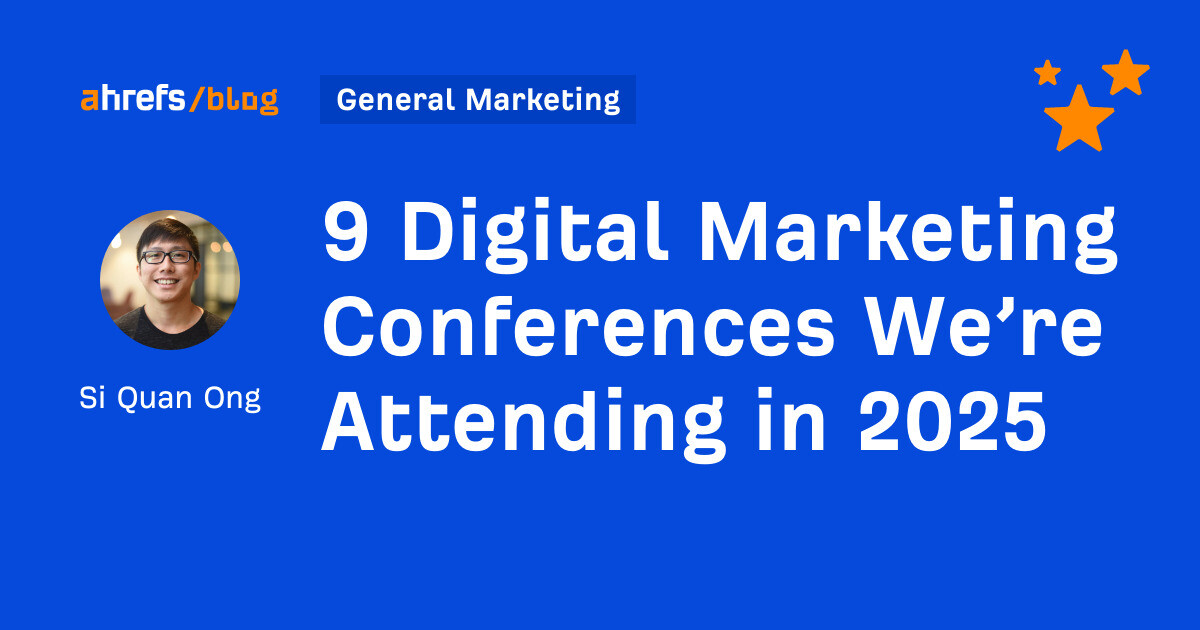How Agency-focused Technology Can Increase Your Business Efficiency
In 2022, agencies are in a tricky, but favorable position. Tricky, because the brands they work for have a global pool of agencies they can choose from. Favorable, because the same brands need digital communications more than ever. With...

In 2022, agencies are in a tricky, but favorable position.
Tricky, because the brands they work for have a global pool of agencies they can choose from. Favorable, because the same brands need digital communications more than ever. With an oversaturated and globalized market, brands that employ marketing, PR, design and development agencies (to name just a few) can’t lead, amuse, educate and win over consumers alone. Brands simply need agency expertise.
But how do agencies wrestle with the fierce competition? Like with most issues today, leveraging technology is the answer. Agencies need to be able to deliver work in a way that will increase their efficiency and margins, and so much more. That calls for a wholesome approach.
As project management platforms are sprouting left and right, agencies need to ask themselves what key functionalities they need. Keep reading for the top features agencies look for in a business management tool to increase their overall efficiency and grow.
 Source: The Productive Company, Inc.
Source: The Productive Company, Inc.What an Embedded Sales Funnel Can Tell Your Agency
An agency’s sales or business development team communicates with a couple of teams. To organize their sales efforts, agencies need a sales funnel that provides an at-a-glance view of new deals in the pipeline, the scope and timeline of upcoming projects, and of course the financial part of it all—sales forecasting.
By keeping sales information organized through a sales funnel that’s embedded in an agency management tool, business development representatives can easily inform operations, project and resource managers in planning work out for their teams, HR to plan potential hires, and management on overall metrics.
With an easily accessible sales funnel and connected forecasting reports, stakeholders can quickly see how potential clients and new jobs are progressing through stages. Keeping sales data in one place can help answer strategic and tactical questions. What’s the probability of that six-month project kicking off next month and where do we need to invest as a company to successfully deliver it? How will that same project impact our profitability if we decided to hire freelancers, and which in-house resources will we engage? At the same time, an agency’s sales team may be negotiating with other leads in the pipeline that will also need attention soon.
Agencies can answer those questions (and many more) through a sales funnel that’s part of a bigger agency platform which includes reporting, resource scheduling, project management and time tracking.
Resource Planning, Time Tracking, Budget Spending and Invoicing—All Connected?
Time is money and agencies need to constantly watch and update schedules, monitor budgets and speed up invoicing. As these types of businesses mainly deliver project work through timelines and tasks, they need to ask themselves how to connect those projects and tasks to reporting and billing via tracked time, budget spending… and what about invoicing? Besides tracked time on services, keeping track of all costs in the same agency management tool (including overhead, contractors, out-of-pocket expenses, etc.) is a must.
According to a global agency landscape survey conducted at the end of 2021, out of 169 agencies that participated in the benchmarking survey, 50% have less than three months of visibility into their revenue forecast. This ties closely into resource planning and successfully balancing project work for teams. The same study showed that 51% of agencies see investing in operational efficiency as one of their top priorities this year.
 Source: The SoDA Report On…The Global Agency Landscape 2022
Source: The SoDA Report On…The Global Agency Landscape 2022“We learned that less than 50% of agencies use an integrated platform that shows them their financial indicators in real time. That’s a sign that room for growth lies in leveraging the right technology.”
– Gabrijela Bosnjak, Senior BDR at Productive
The numbers clearly indicate that agencies are increasingly aiming at a single source of truth for running their businesses based on data.
Real-time Metrics as Your Agency’s Base for Data-driven Decisions
At the end of the day, what’s highly important for any agency at the cutting edge is making data-driven business decisions on all levels.
For real-time metrics to be as accurate as possible, what’s key is getting all teammates to regularly track time. But other than CEOs, CFOs, operations and account managers needing to know the true state of an agency’s finances at all times, agency leaders increasingly need to look into data that indicated the well-being of their teams.
“With Productive we’re able to look a lot further ahead now. Before we used to plan projects about two weeks in advance. Now we’re accepting bookings for projects that start in 4-6 weeks.”
– Martijn Pillich, Managing Director at Hike One
When agencies dig deep enough, there is data that can show how balanced their teams’ work is, how diverse their tasks are, how often they’re taking time off to relax, and how employees are growing professionally in the midst of securing overall agency growth.
One Agency Tool as Your Single Source of Truth
Spending time on presentations, report-building, looking back into last quarter’s P&L statement, or begging the finance team for the latest numbers is a practice of the past. Agency leaders today are empowering employees by giving different team members access to agency data, enabling them to help positively influence the course of their business growth.
Running an agency in one consolidated workspace—from sending out proposals to managing tasks, balancing resource planning, to invoicing each delivered project—is what leaders today are looking for as their North Star. The future of agency management calls for a single source of truth.
Learn more about how Productive can help your agency consolidate its business data and thrive.

 Konoly
Konoly 





















![Run An Ecommerce SEO Audit in 4 Stages [+ Free Workbook]](https://api.backlinko.com/app/uploads/2025/06/ecommerce-seo-audit-featured-image.png)









